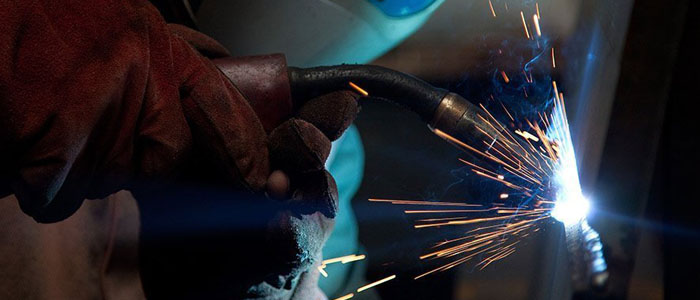Structural steel has proved over the years to be one of the most important materials in the construction industry. Whether you are building large-scale structures like high-rise buildings and bridges or small-scale structures like residential and institutional building, you will use structural steel one way or another. This kind of steel has a long list of qualities that are beneficial and important to companies that build and maintain the infrastructure in Australia.
Structural steel forms the backbone for most of the structures in Australia. So it is essential to understand the tough and complex procedures that top suppliers like carry out in the production of this material. If these processes are not followed and handled in the correct manner, the long-term sustainability and the design life of a project is at stake.
Types of Structural steel
Structural steel is mainly classified according to their chemical composition. They include:
Carbon-manganese steels: The main chemical components include iron, carbon, and manganese. These are normally referred to as mild structural steels or carbon steels. It has high strength and ductility and is widely used because it is economical.
High-strength, low-alloy steels: The main chemical components are iron, carbon and some additional chemical elements added to improve the strength. This is a recent development in the steel industry in Australia.
High-strength tempered and quenched alloy steels: These are used for structural purposes and generally available in Australia.
How is Structural steel made?
In a brief explanation, creating structural steel involves heating up iron and adding substances to get some particular properties. However, the whole process is quite longer than that.
The raw iron which happens to be the main component is rarely obtained pure because most often it is mixed with carbon in high concentration. So the first job is to reduce the carbon content but not remove carbon entirely. Why? Because after iron, carbon is the most important element in structural steel. The presence of carbon in steel makes it more strong and reduces the ductility.
- The first step is crushing the raw iron ore and refining it in order to sort it out. The refining process can be done in several ways, designed to sort out the best grades of iron around 60 percent.
- The iron ore is then loaded into a blast furnace from the top and heated. As hot air is being blown into the furnace from the bottom, a reaction occurs removing the impurities as the pure iron in molten state drops to the bottom of the furnace.
- The molten iron is extracted and further heated to add other substances that improve the properties of steel such as manganese.
When the structural steel is made, it is molded into several different shapes, depending on how it will be used. It is commonly molded and used as a beam, channel, angle, plate or a hollow steel tube.
How is it different from other steel types?
Like other types of steel, the main components are still the same; iron and carbon but some changes in the composition differentiates the structural steel from the rest. The first is the percentage of the carbon content. The more carbon is added to the alloy, the higher the strength and the lower the ductility of the end product. Other chemicals or substances added in the production process include:
Manganese – which is one of the most common additives in structural steel after iron and carbon. It is essential in free cutting steels for good machinability and it also helps bind steel elements well to avoid cracking and splitting during the rolling process.
Phosphorus – It improves the machinability and increases the tensile strength. It is mostly not used in high concentration because it makes the steel to become brittle.
Sulphur – mostly regarded as an impurity. It could adversely affect the properties of structural steel if the steel has a high concentration of Sulphur and low concentration of manganese.
Other additives include Silicon, Chromium, Vanadium, and Tungsten.
Depending on how the steel will be used, the percentage of carbon in structural steel is most important. If the carbon content is low, the still becomes easier to weld but it also can make the material harder to work with which lowers the speed of the construction. Finding the perfect balance is key when considering what it will be used for.

